Plants have moved beyond trends in home decor to a respected hobby. Gone are the days when a potted plant in the corner was just there to fill space; today, plants are center stage in our homes. Whether inside the house, grown in cheerful patio gardens, or carefully selected to complement foundation landscaping, the beauty plants bring to our lives is undeniable. Beyond their beauty, science shows there’s health benefits to caring for plants as well. If you’re interested and not sure where to start, don’t miss these expert tips. With just a little planning, you’ll soon be a proud plant parent of your own successful garden.
Research Plants Before You Buy

Before you bring new plants home, be sure to research the care they’ll need.
©iStock.com/simonapilolla
We’ve all been there. You’re shopping and see the most unique plant. On impulse, you take it home, put it in the spot that you thought would be perfect, and don’t give it much more thought. As the weeks pass, however, your new plant begins to wilt, and die. You try everything you can to save it, but it just doesn’t work. By now, the plant has been repotted and the care tab that it came with from the nursery is long gone. You sigh, accept defeat, and resign yourself to just not having a ‘green thumb.’
If this sounds all too familiar, you’re not alone. Nearly everyone has had this experience, and the truth is green thumbs have nothing to do with whether you’re a successful plant parent. Plants can be easy to keep, so long as you know what they need. It’s a good idea to consider your environment and pick plants that naturally do well in those conditions. For indoor plants, natural light, and ambient humidity are vital factors. For patio gardens or landscape accents, sunlight, soil quality, and climate are important. The best gardener couldn’t keep a plant alive in an environment it’s not suited for. Take the time to research, and your success is nearly guaranteed.
Start With Just a Few Varieties
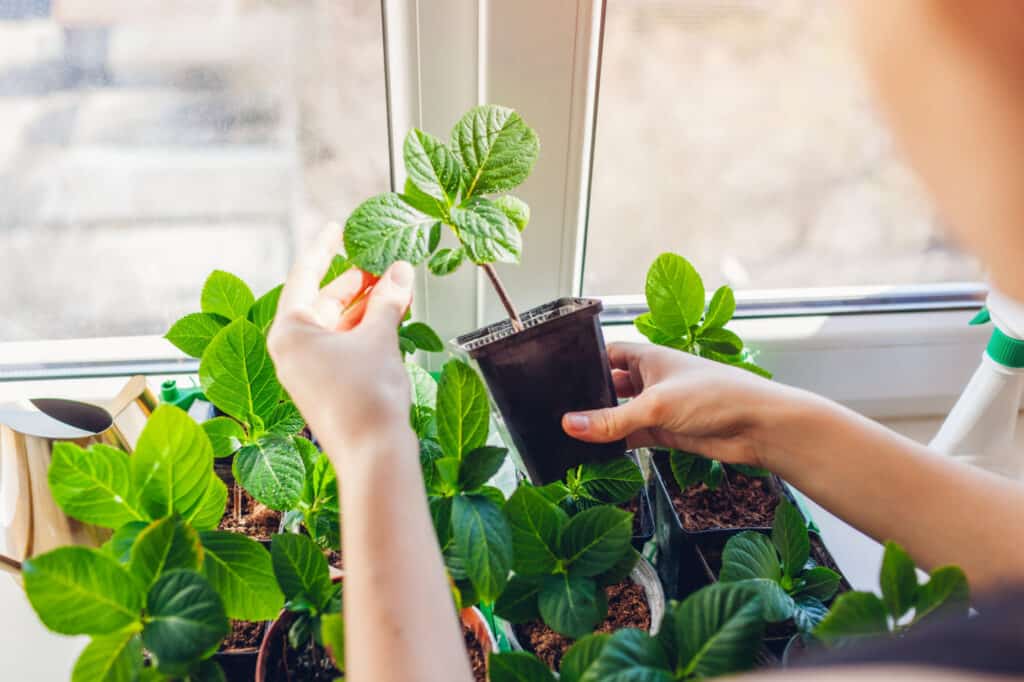
Start with just a few plant varieties. Soon, you’ll be able to expand your garden.
©Mariia Boiko/Shutterstock.com
We’ve all been wowed by gardens overflowing with variety. It’s important to remember is gardens are always a work in progress. Chances are, those bountiful gardens and indoor plant scapes took time to become the showstoppers they are. For the most successful garden, start small. Carefully analyze what you love the most about the gardens you’ve seen. Do you want trailing vines? Bright flowers? Interesting foliage?
Once you know what you want, pick two or three plants that provide the desired effect. As you care for them, you’ll hone your skills in gardening and gain confidence. Once your new plants are established, you can add more to your garden.
Know Your Plant-Growing Zones
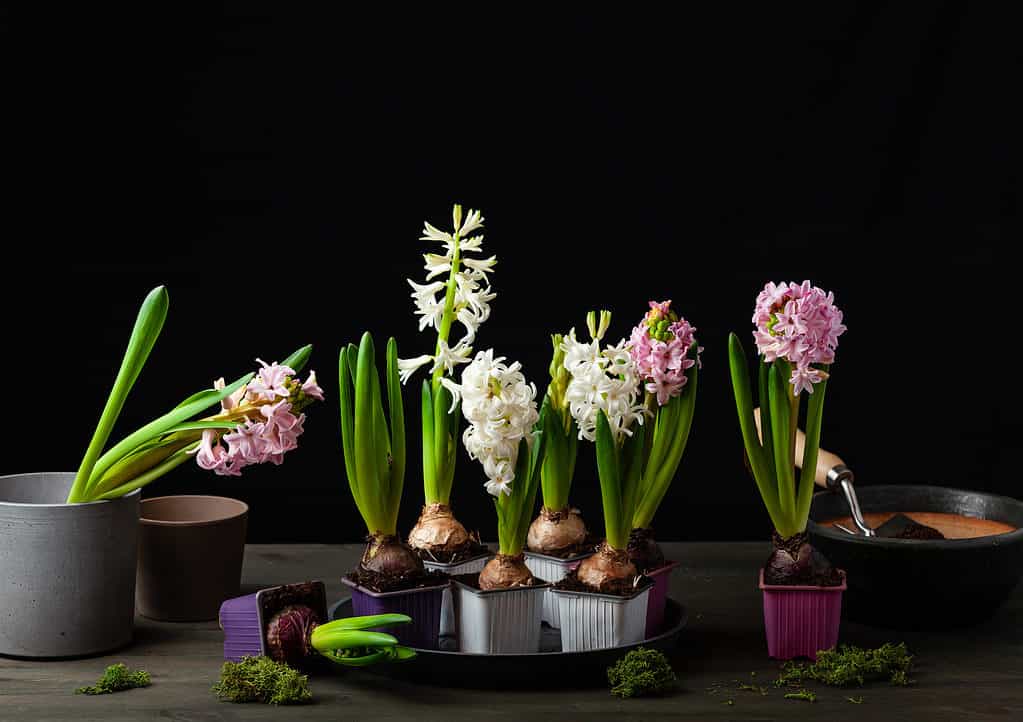
Different varieties of plants have different growth times, climate needs, and tolerances.
©iStock.com/OlgaMiltsova
To have successful results with your garden, be sure that you’re choosing plants that can survive in your climate. It’s not uncommon for your local gardening center to carry plants that aren’t suited to your regional climate. This practice is more common with plants that showcase exceptional blooms or that are seasonal, such as Christmas Cactus or Amaryllis. Many gardeners choose to grow these plants as annuals so that they can enjoy their beauty. If you’re seeking to establish a garden that returns every year, however, you’ll want to check the USDA plant hardiness zoning map. You should select perennial plants.
What is an Annual Plant?
What’s the difference between annual and perennial? Annuals are grown for one season only and will need to be replanted the following year. These plants do not establish root systems that survive the winter. Common annual plants for landscaping borders are petunias, cosmos, and zinnias. For houseplants, begonias, geraniums, and verbenas are popular. In patio gardens, mums are popular as annuals as they lend a bright focal point in the fall. Note that not all plants that are sold as annuals are truly annual. Some, like marigolds, drop seeds every year and will regrow. Others, such as mums, may regrow every year if planted in the garden and not in a pot.
What is a Perennial Plant?
Perennial plants do regrow every year, either from root stalks that go dormant during the winter months or from plant stalks that die and are cut back at the end of each growing season. Peony flowers are a perfect example of a perennial. Every year, the plant will return larger than it was the previous growing season, as it will establish a larger base. As houseplants, calla lilies behave this way. Perennials can be successfully grown as indoor plants, however, you will have to provide them with a larger pot to accommodate root growth.
Check Your Soil For Successful Plant Growth

Healthy plants start with good soil.
©13Imagery/Shutterstock.com
Even if you follow all of your zoning recommendations, your plants won’t thrive in poor-quality soil. The ideal soil mix for growing plants is 40 percent loam, 40 percent silt, and 20 percent clay. Loam allows for flexibility in the soil for proper root growth. Silt, or soil, contains the nutrients your plants need, while the clay will help your mix retain water and prevent your plant from becoming too dry. PH balance of the soil is also important. Overall, a soil pH of 6.5 to 7.5 is ideal for establishing strong root growth. Test strips can be purchased at garden supply stores. Though some plants may prefer higher or lower pH, these guidelines are a general rule of thumb. Starting with a good base is key to a successful garden.
Purchase the Tools You Need
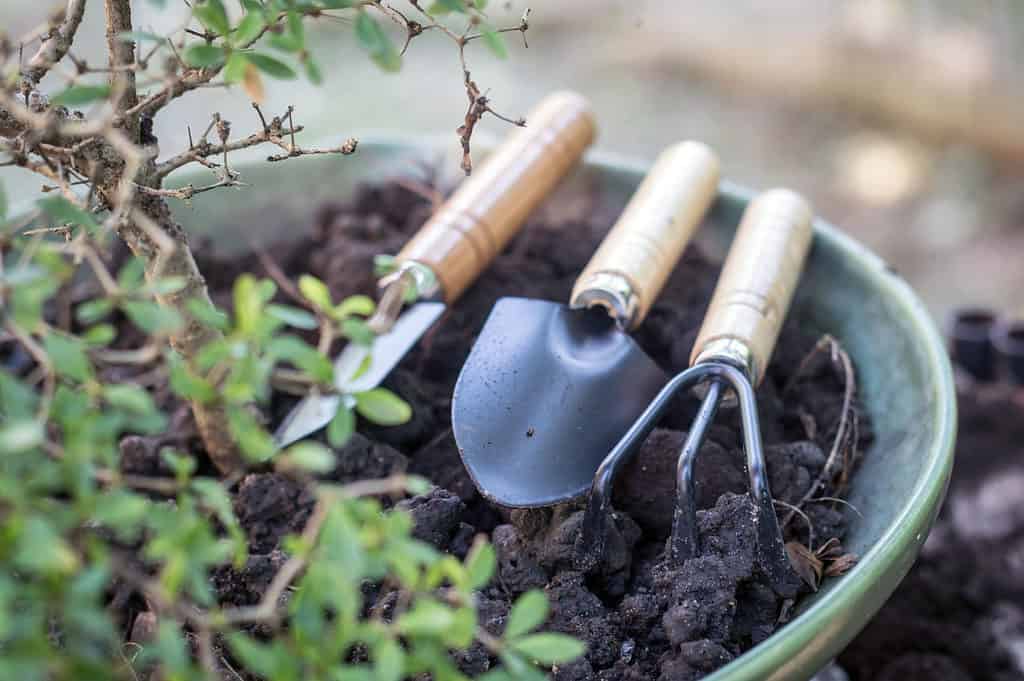
The proper tools make gardening easy.
©wonderisland/Shutterstock.com
The tools that you need will vary according to the type of plant you’re caring for. Indoor and patio gardens may need small shears, while landscape border plants need little more than a trowel. Other important items to have on hand are watering cans or spray bottles for indoor plants. Patio garden plants and landscape perennials may require wrapping with burlap over the colder winter months. Some gardeners prefer to rake winter leaves into their flower beds over the winter. The natural decomposition of the organic matter not only returns nutrients to the soil, it creates heat that protects the roots of the plant. This method may result in weed or mold growth, however, so be sure to treat the soil properly in the spring.
Set a Schedule for Plant Care
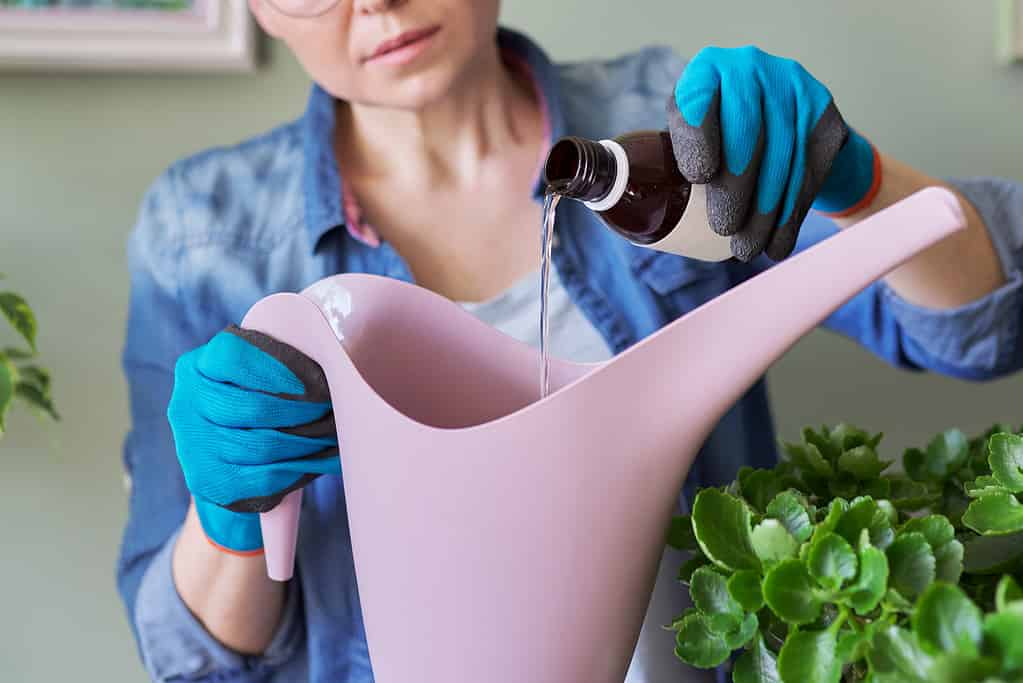
Keep track of when your plants need water and fertilizer.
©Valeriy_G/iStock via Getty Images
Plants have a care schedule. If you fertilize young, tender roots, you risk harming the fragile root structure. On the contrary, older, established plants may need the benefit of additional nutrients as the soil is depleted. Keeping track of numerous needs and growth schedules can quickly become overwhelming. You can easily keep track by scheduling time to tend to your garden.
Adjust for the Seasons
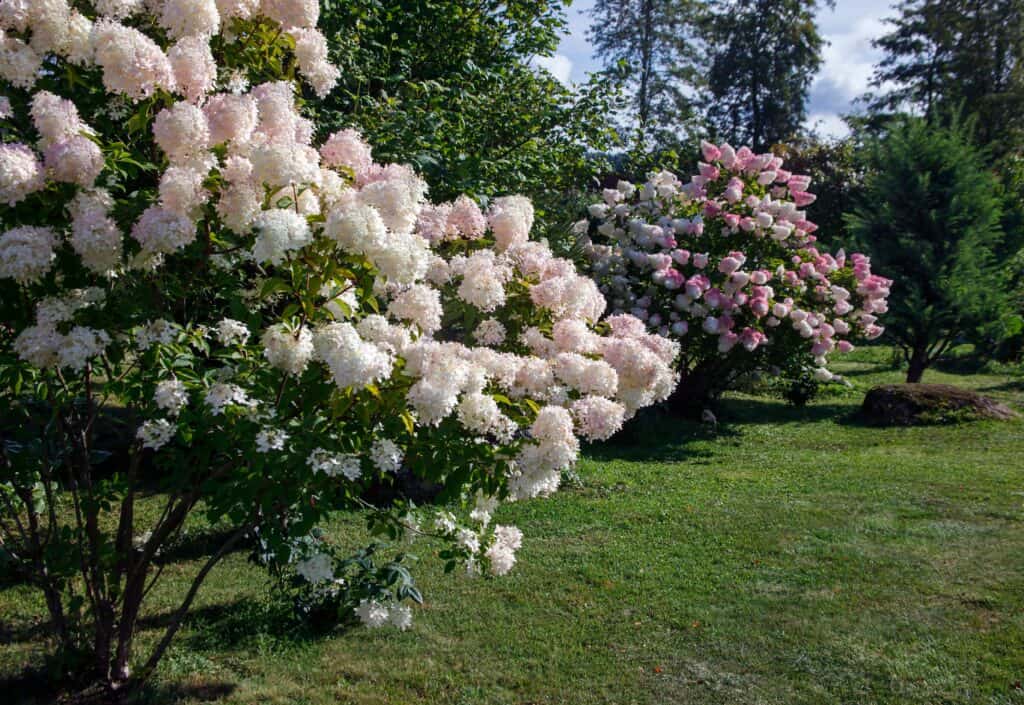
Plants, whether indoors or outside, have different seasonal needs.
©Okyela/Shutterstock.com
One of the most common mistakes new gardeners make is not realizing that even indoor plants respond to seasonal changes. Due to photosynthesis, plants are sensitive to the most minor changes in available light and ambient temperature. Variances in these environmental factors can trigger a plant to go dormant, even indoors. While it varies from plant to plant, a general rule of thumb is that dormant plants should only be watered when their soil is dry. During the growing season, however, care should be taken to ensure that the soil is always slightly moist. Flowering plants shouldn’t be pruned until the flowers are wilting, while foliage-heavy plants can be trimmed back during the growing season to retain shape and density.
The photo featured at the top of this post is © EmreCinar/Shutterstock.com
Thank you for reading! Have some feedback for us? Contact the AZ Animals editorial team.







